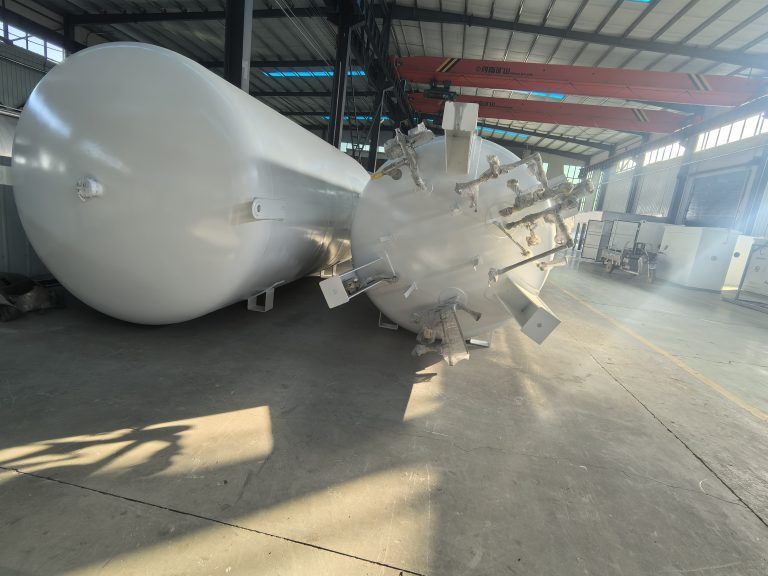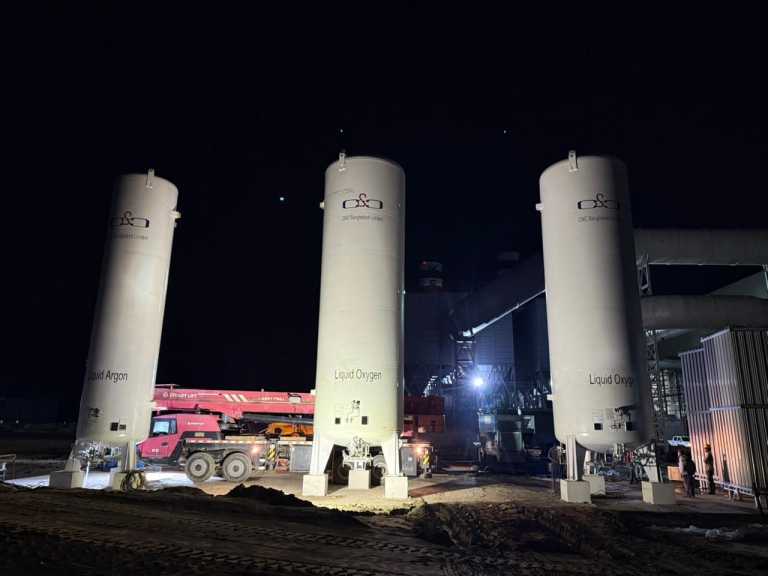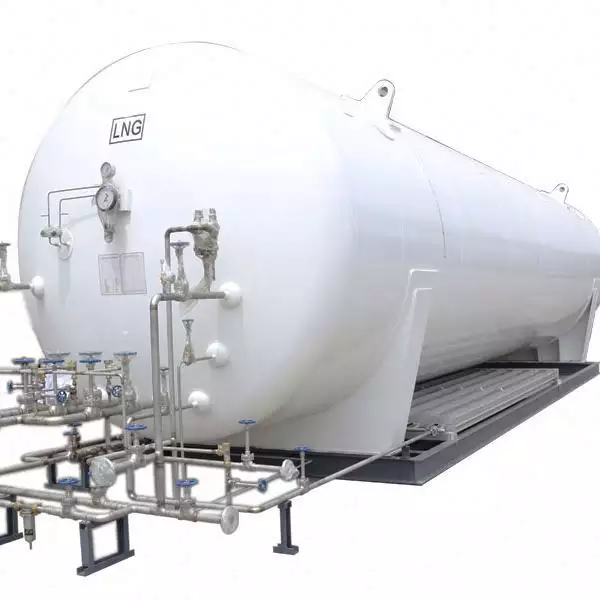To ensure stable operation of liquid oxygen storage tanks, comprehensive management is required across multiple aspects including design, routine inspections, maintenance, safe operation, and environmental management. Specific measures are outlined below:

I. Tank Design and Material Assurance
Liquid oxygen storage tanks must employ a double-walled vacuum insulation design. The inner tank utilizes cryogenic alloy materials, while the outer tank employs high-strength steel to ensure structural integrity and thermal insulation performance. Tanks must be equipped with safety systems including pressure monitoring, level gauges, and safety valves, with regular calibration of their sensitivity and accuracy.
II. Routine Inspection and Maintenance
External and Component Inspection
Regularly inspect the tank shell for deformation or corrosion, and verify the functionality of safety valves, pressure gauges, level gauges, and other accessories.
Check pipeline valve seals to prevent leaks; periodically operate valves not in use for extended periods to prevent seizing.
Thermal Insulation and Vacuum Maintenance
Inspect insulation for damage. Vacuum integrity must be tested regularly (annually for new tanks; semi-annually for tanks over 5 years old). Immediately test vacuum if evaporation rate increases by 50%.
Foundation and Fire Safety Facilities
Check foundation for settlement to ensure tank stability. Install dry powder fire extinguishers and fire hydrants in the vicinity, maintaining clear access routes.
III. Safety Operating Procedures
Wear asbestos gloves during operation to prevent liquid oxygen skin contact.
Open/close valves slowly; maintenance under pressure is prohibited. Store tanks away from fire/heat sources in a well-ventilated, shaded area.
Switch to the backup tank when the liquid level falls below 1.5m³ and notify the supply department to replenish the liquid.
IV. Personnel Training and Record Management
Operators must undergo rigorous training and be thoroughly familiar with procedures. Daily inspections must document the time, issues identified, and corrective actions taken, with records archived for reference.
Implementing these measures ensures the stable operation of liquid oxygen storage tanks, extends equipment lifespan, and minimizes safety risks.






